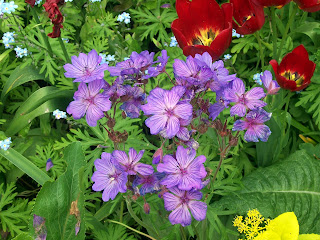"Congratulations to the winners in the City Lit Benchpeg jewellery awards - Brigitte Pividal (First Place), Billie M Vigne (Second Place) and Kostandino Karanikas (Third Place) who received their awards at the private view of the City Lit Jewellery Week exhibitions which took place on Thursday July 13. Student and staff work is currently on show until June 28. The evening also featured a book signing by jeweller and City Lit tutor Melissa Hunt. You can vote for your favourite piece of jewellery in the People's Choice Award which will be announced in early July."
Winners, judges and tutors
Brigitte Pividal
Billie M Vigne
Kostandino Karanikas
Find out more about benchpeg and subscribe to the free news letter to see more about the awards











































